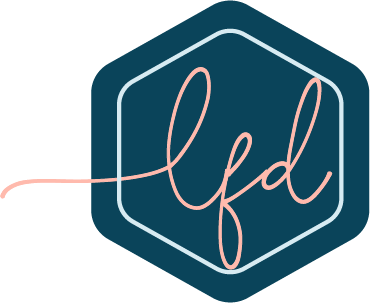
Most parents find themselves at some point wondering, “Why don’t kids come with an instruction manual?” Isn’t the same true in the classroom. Imagine knowing before the school year starts: If you need something addressed immediately, you need to call Billy’s grandfather. Sara is having a difficult time since the passing of her grandmother, and John will harass her about it. Jackie loves to draw so if she gets behind offer a class contract for 5 minutes of art at the end of class once her grades are up to a C.
One of the key components of high school reform is relationships. By adding relationships through the personalization of the high school experience, not only will you decrease dropout, increase attendance, and increase successful course completion, you will also build a positive environment for student, teachers, and parents focused on success of students in real life.
How do you personalize high school? Create small school setting such as a Freshman Academy (school within school). Incorporate Advisory programs where teacher keep the same kids until graduation giving them the opportunity to truly build a relationship with that group of kids. Listen to the students and offer avenue for school involvement such as adding clubs or additional courses. Of course the listen can go on and on.
The 2009 – 2010 school year embarks our “official” third year of High School Reform focused on Relationships – Relevance – Rigor. There is a common thread that runs through each conference, study tour, research avenues, speakers, and professional developments. That common thread is to begin with relationships; It is the building block for all other reform.
Summer 2006 was our jump-start toward high school reform. A group of thirteen of us traveled to the Model Schools Conference in Washington DC. We had received a grant that suggested traveling to this conference using grant funds. At first we were just going to send a small group and spend remaining funds elsewhere, but then we talked with another school who had attended the conference the summer prior. We set out to take as many as possible and hoped to as much out of it as they did.
Did they give us an educational instruction manual? No, there will never be a one-size-fits-all magic potion that will transform every school. But it did open our eyes to hundreds of successful practices around the nation and the common thread, relationships. Of course not all high school reform “officially” falls under the 3R’s of Rigor, Relevance, and Relationships. But after several years of researching high school reform (even prior to summer 2006), it is easy to see that most any school reform can be sorted into these three categories, and the most successful practices are built first on relationships. These relationships are not just teacher and student. It is for everyone involved in education: administration, teacher, students, parents, staff, community.
How have we started to build relationships at our school?
1) Study Tours
2) Conferences
3) Advisory Program (TEAM Tider)
4) Mentor Program (Minden’s Most Wanted)
5) Freshman Academy
6) Positive Behavior Support (PBS)
7) Freshman Orientation
8) PTO
9) Added clubs according to student interest (Nature, Beta, JETS)
10) Adding courses according to student interest (Mixed Martial Arts, Robotics, Graphic Design and Animation)
We are continuing to “tweak” our reform efforts, but have already had great success which is easily documented in our school data including dropout, referrals, attendance, and pass rates. Though a lot of our focus has been building relationships, we have also targeted rigor and relevance. For the 2009 – 2010 school year we are bridging the gap between us and our feeder schools as well as increasing rigor and relevance through project based learning.
Though there will never be a “fit-all” manual, we can build our own manual specific for our school. What practices have had success outcomes for your school?








